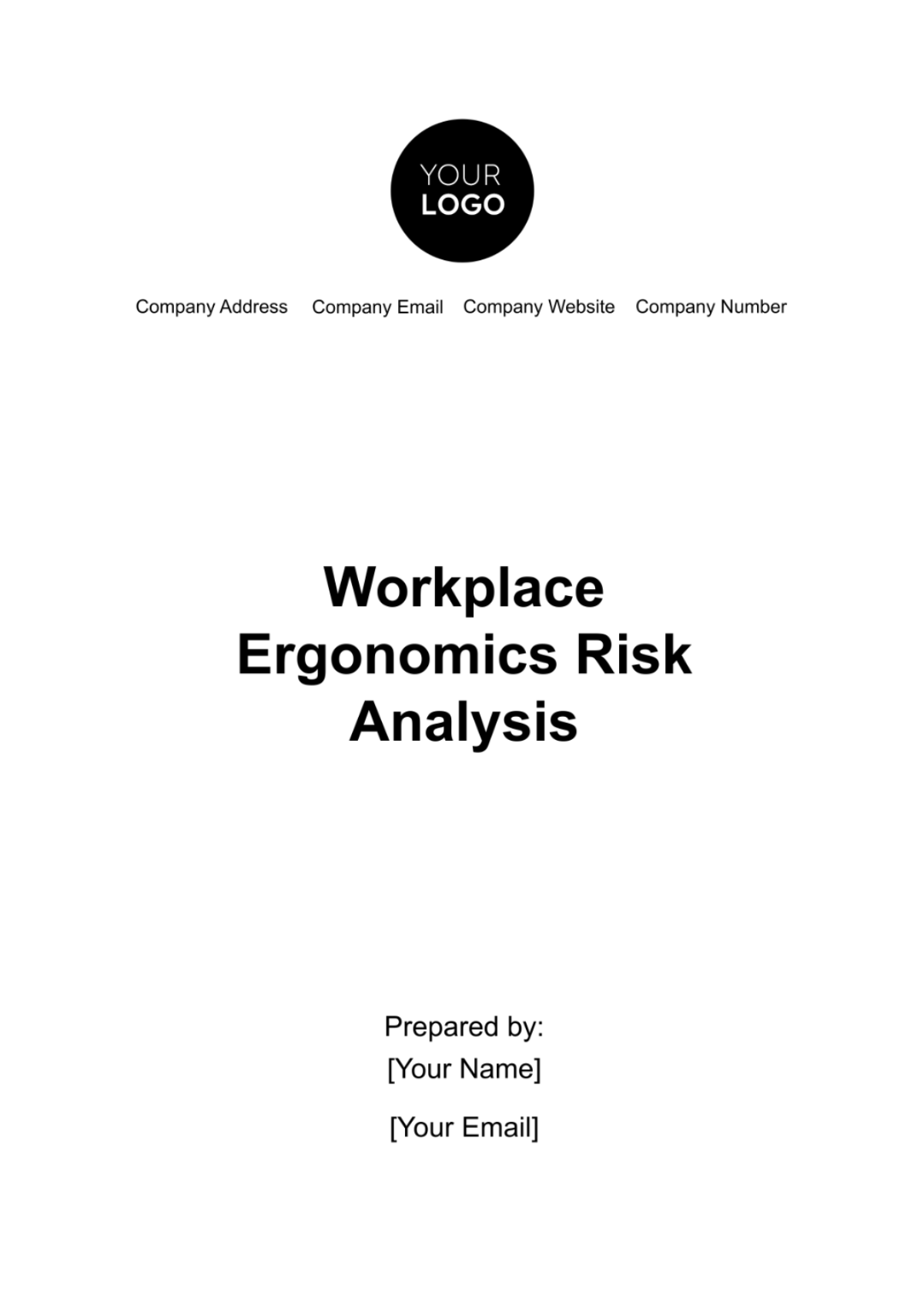Free Workplace Ergonomics Risk Analysis
Explore Template.net's Workplace Ergonomics Risk Analysis Template, a vital tool for assessing and mitigating ergonomic hazards. Effortlessly customize and edit analyses with our AI Editor Tool to fit your workplace needs. Enhance safety measures with this editable and customizable solution, ensuring a comfortable and ergonomic work environment for all.






























